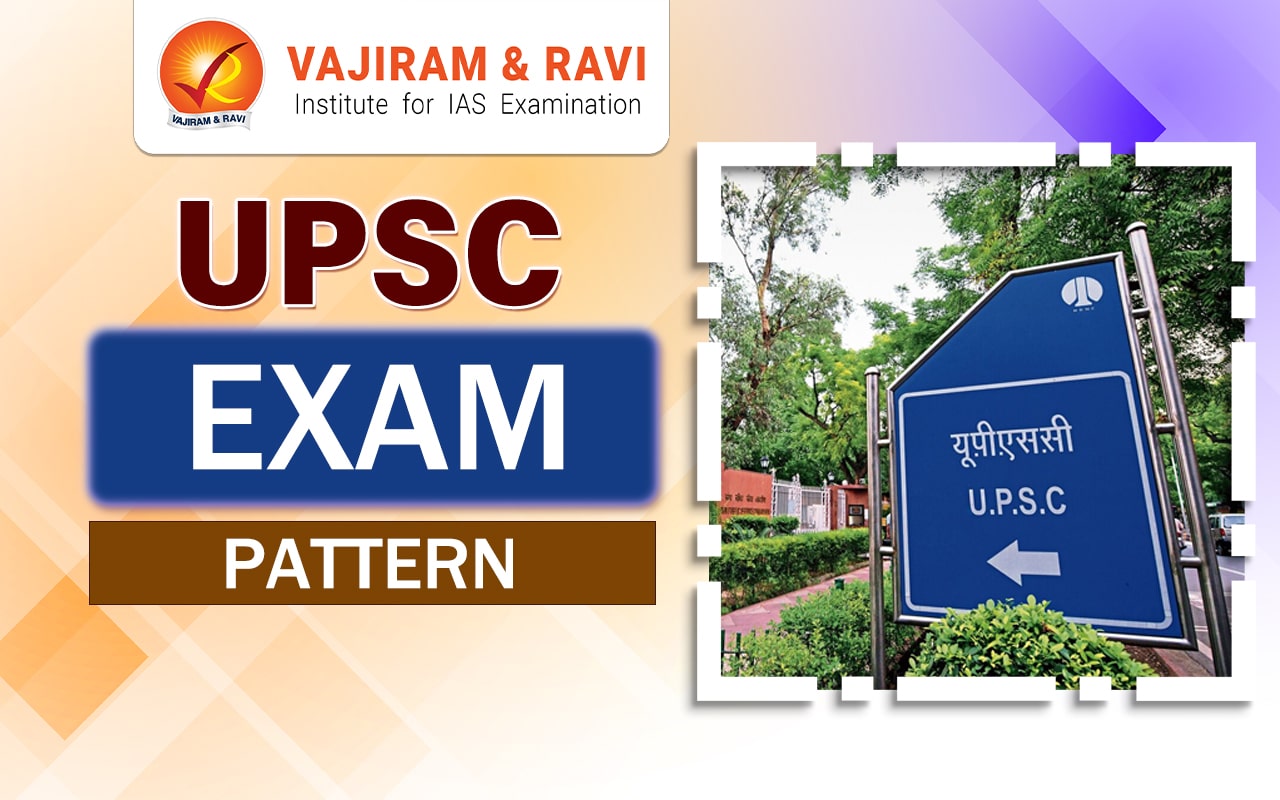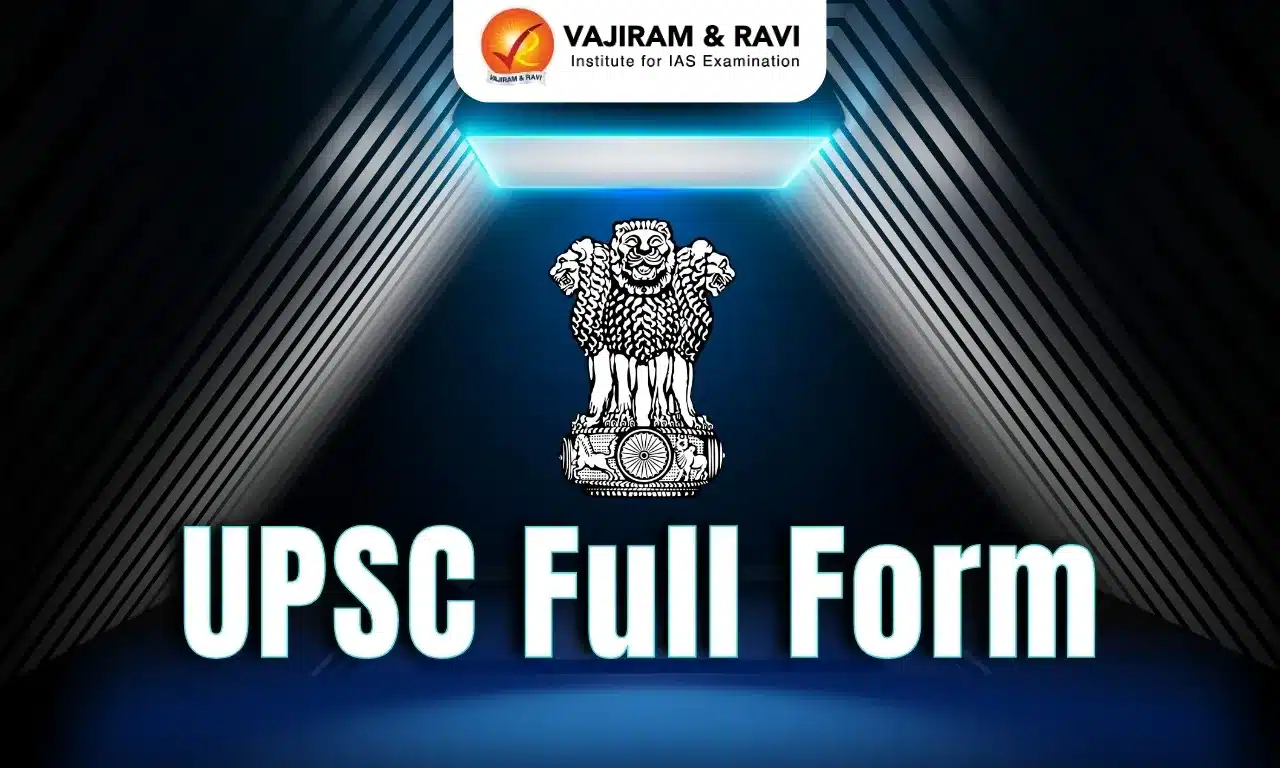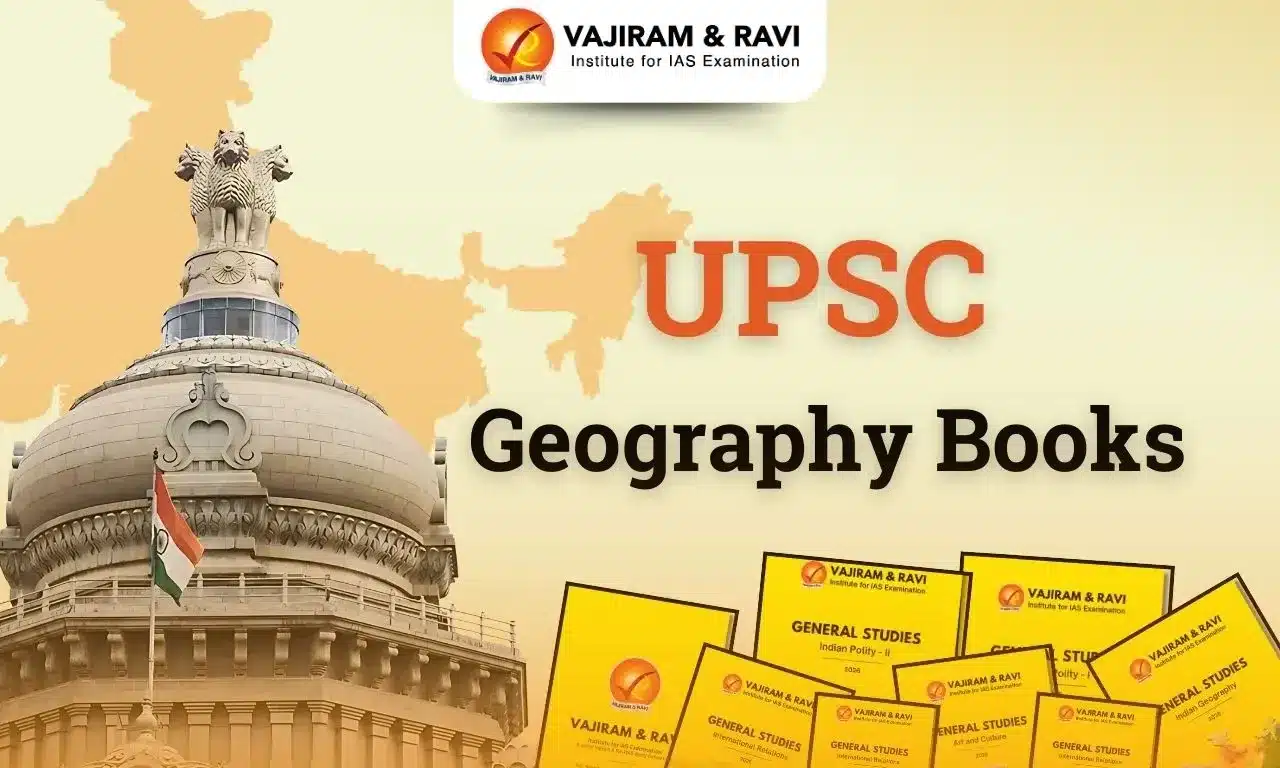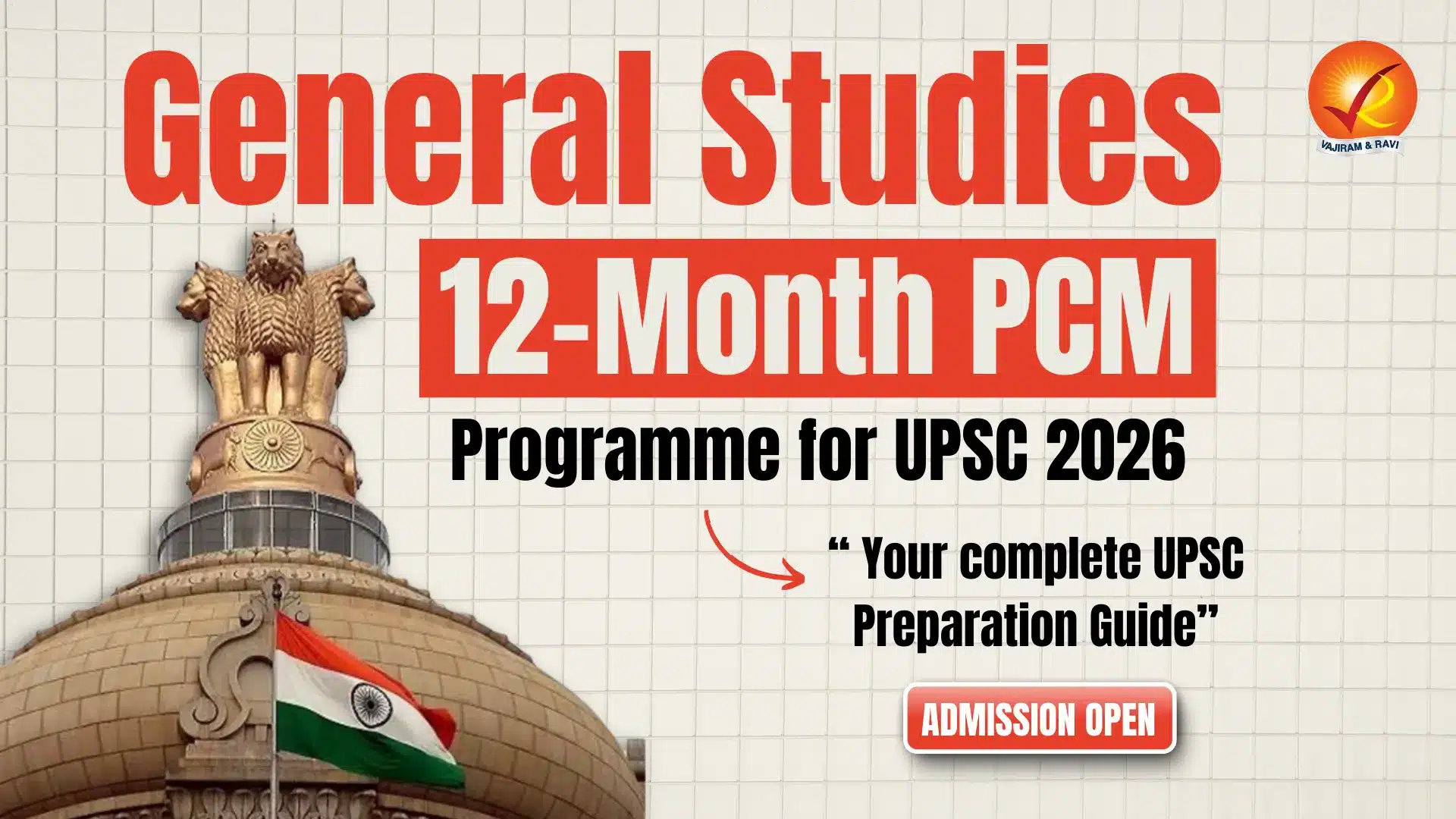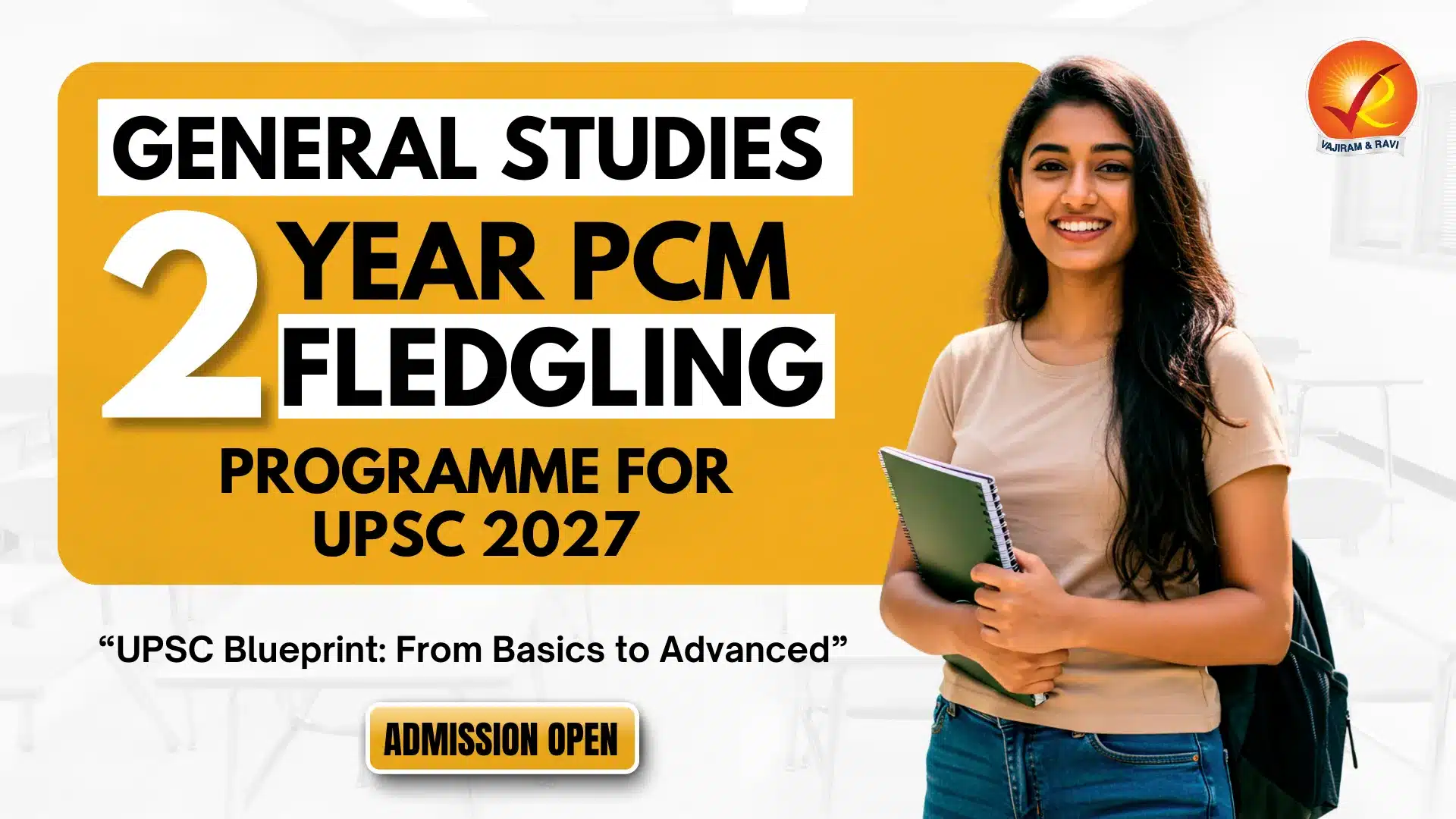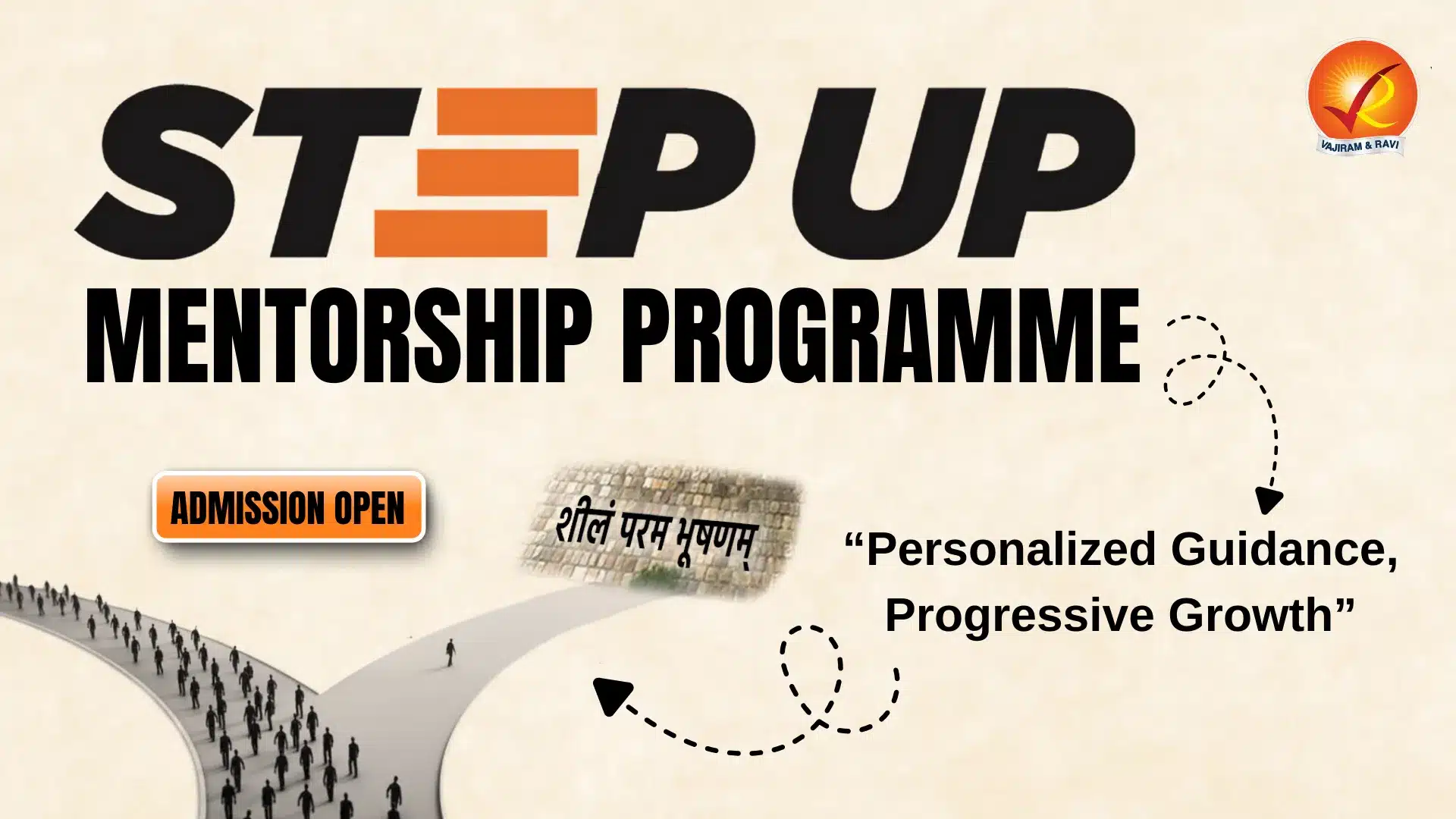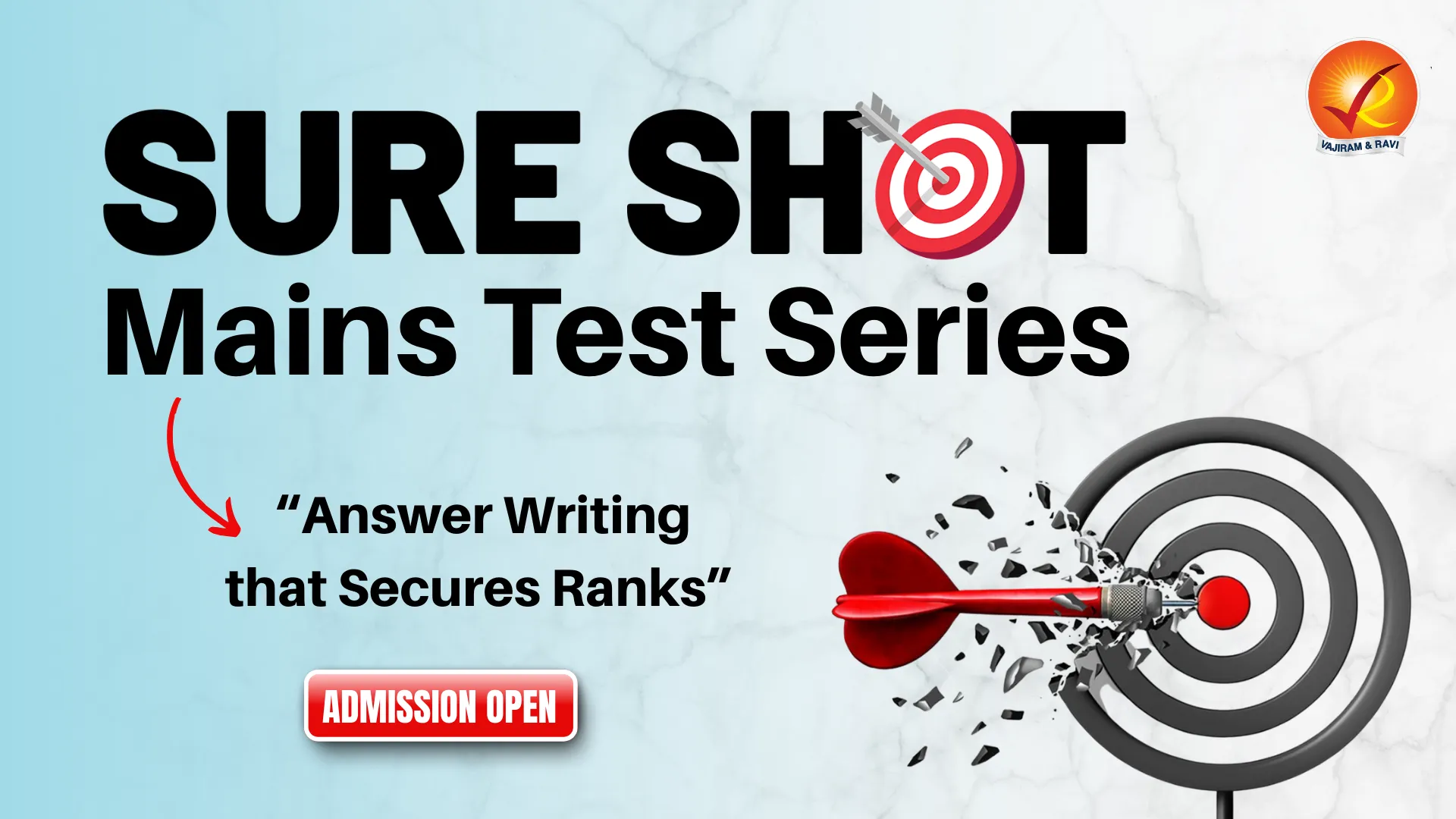The UPSC CSE Exam 2026 is among the most prestigious and competitive exams in India. It serves as the entry point to the nation’s top services, including the Indian Administrative Service (IAS), Indian Foreign Service (IFS), Indian Police Service (IPS), and many others. For aspirants beginning this journey, understanding the UPSC Exam Pattern 2026 is the first and most important step. The exam is conducted in three stages: Prelims Examination, Mains Examination, and the Personality Test (Interview). Each stage tests different skills, from analytical ability to subject knowledge to personality traits.
Services Under UPSC CSE 2026
- Indian Administrative Service (IAS)
- Indian Foreign Service (IFS)
- Indian Police Service (IPS)
- Indian Audit and Accounts Service, Group ‘A’
- Indian Civil Accounts Service, Group ‘A’
- Indian Corporate Law Service, Group ‘A’
- Indian Defence Accounts Service, Group ‘A’
- Indian Defence Estates Service, Group ‘A’
- Indian Information Service, Group ‘A’
- Indian Postal Service, Group ‘A’
- Indian Post & Telecommunication Accounts and Finance Service, Group ‘A’
- Indian Railway Management Services (Traffic, Personnel, Accounts), Group ‘A’
- Indian Railway Protection Force Service, Group ‘A’
- Indian Revenue Service (Customs & Indirect Taxes), Group ‘A’
- Indian Revenue Service (Income Tax), Group ‘A’
- Indian Trade Service, Group ‘A’ (Grade III)
- Armed Forces Headquarters Civil Service, Group ‘B’
- Delhi, Andaman & Nicobar Islands Civil Service (DANICS), Group ‘B’
- Delhi, Andaman & Nicobar Islands Police Service (DANIPS), Group ‘B’
- Pondicherry Civil and Police Service, Group ‘B’
UPSC Exam Pattern 2026 Overview
The selection of candidates for the UPSC CSE Exam 2026 takes place in three stages, Preliminary Exam, Mains Exam, and Personality Test (Interview). The Prelims consists of two papers with objective-type questions, while the Mains includes nine descriptive papers that assess a candidate’s depth of knowledge and analytical ability.
| UPSC CSE Exam Pattern 2026 | ||
| Parameters | Prelims Exam | Mains Exam |
| Medium of Exam | English & Hindi | English & Hindi (Except for language) |
| Type of Questions | MCQs (Objective) | Descriptive |
| Number of Questions | CSAT: 80 questions GS: 100 questions |
Usually, 20 questions per paper |
| Total Marks | 200 + 200 | 1750 |
| Mode of Exam | Offline | Offline |
| Number of Papers | 2 papers | 9 papers |
| Exam Duration | 2 hours for each paper | 3 hours for each paper |
| Negative Marking | 1/3rd of 2 marks | No negative marking |
UPSC Exam Pattern for Prelims 2026
The UPSC Prelims Exam Pattern consists of two papers: General Studies Paper 1 and Civil Services Aptitude Test or GS Paper 2. The GS paper 1 assesses a candidate's grasp of diverse subjects, including History, Geography, Polity, etc., while the CSAT evaluates the logical reasoning and analytical skills of the candidate. The Prelims serve as a filtering mechanism, allowing a limited number of candidates to progress to the Mains Examination.
| UPSC Prelims Exam Pattern 2026 | ||||
| Papers | Subjects | No. of questions | Total Marks | Duration |
| Paper 1 | General Studies (GS) | 100 | 200 | 2 hours |
| Paper 2 | CSAT | 80 | 200 | 2 hours |
| Total | 180 | 400 | 4 hours | |
UPSC Exam Pattern for Mains 2026
The UPSC Mains paper pattern is the core evaluation phase, comprising a mix of compulsory and optional papers. It includes language papers, essay writing, general studies papers, and optional subject papers. This stage delves deep into a candidate's understanding of subjects, their ability to articulate ideas, and their analytical prowess.
The written examination consists of 9 papers out of which 2 papers are qualifying in nature. The marks obtained in the remaining 7 papers and the interview test together are considered for making the final merit.
| Paper Name | Time Duration | Total Marks | Nature of Paper |
| Paper A – Compulsory Indian Language Paper | 3 hours | 300 | Qualifying in nature |
| Paper B – English Language Paper | 3 hours | 300 | |
| Paper I – Essay | 3 hours | 250 | Considered for Merit |
| Paper II – General Studies I | 3 hours | 250 | |
| Paper III – General Studies II | 3 hours | 250 | |
| Paper IV – General Studies III | 3 hours | 250 | |
| Paper V – General Studies IV | 3 hours | 250 | |
| Paper VI – Optional Paper I | 3 hours | 250 | |
| Paper VII – Optional Paper II | 3 hours | 250 | |
| Total | - | 1750 | - |
| Interview/ Personality Test | - | 275 | - |
| Grand Total | - | 2025 | - |
UPSC Exam Pattern 2026 for Interview Round
The final stage, the UPSC Interview or Personality Test, is where aspirants' personalities are evaluated. A panel of experts assesses qualities such as mental alertness, clear and logical exposition, critical powers of assimilation, balance of judgement, ability for social cohesion and leadership, and intellectual and moral integrity. The number of candidates selected for the Interview will be around twice the number of vacancies to be filled. This stage aims to determine the candidate's suitability for the dynamic and diverse responsibilities of civil services. The interview process typically follows a structured pattern:
- Duration: The interview usually lasts for about 20-30 minutes.
- Panel: The interview is conducted by a panel of experts, including experienced bureaucrats, academicians, and subject-matter specialists.
- Venue: The interviews are usually conducted at the UPSC office in New Delhi.
Negative Marking in UPSC Prelims & Mains
Negative Marking is a significant aspect of the UPSC Prelims exam, which cannot be ignored. It is important to note by the aspirants that there is no negative marking in the UPSC Mains exam as it is a subjective paper, and the assessment is based on the quality of your descriptive answers.
Negative Marking in UPSC Prelims
In the UPSC Prelims exam pattern, there are two papers - GS paper 1 and CSAT. Each paper consists of objective-type questions. The negative marking pattern for both papers is as follows:
- For each incorrect answer, there is a penalty of 1/3rd of the assigned marks to that question.
- If a candidate provides multiple answers to a single question, even if one of the given answers is correct, it will still be considered an incorrect response. In such cases, the same penalty as mentioned above will apply to that particular question.
- Unattempted questions do not have any penalty.
Last updated on December, 2025
→ Check out the latest UPSC Syllabus 2026 here.
→ Join Vajiram & Ravi’s Interview Guidance Programme for expert help to crack your final UPSC stage.
→ UPSC Mains Result 2025 is now out.
→ UPSC Notification 2026 is scheduled to be released on January 14, 2026.
→ UPSC Calendar 2026 is released on 15th May, 2025.
→ The UPSC Vacancy 2025 were released 1129, out of which 979 were for UPSC CSE and remaining 150 are for UPSC IFoS.
→ UPSC Prelims 2026 will be conducted on 24th May, 2026 & UPSC Mains 2026 will be conducted on 21st August 2026.
→ The UPSC Selection Process is of 3 stages-Prelims, Mains and Interview.
→ UPSC Result 2024 is released with latest UPSC Marksheet 2024. Check Now!
→ UPSC Prelims Result 2025 is out now for the CSE held on 25 May 2025.
→ UPSC Toppers List 2024 is released now. Shakti Dubey is UPSC AIR 1 2024 Topper.
→ UPSC Prelims Question Paper 2025 and Unofficial Prelims Answer Key 2025 are available now.
→ UPSC Mains Question Paper 2025 is out for Essay, GS 1, 2, 3 & GS 4.
→ UPSC Mains Indian Language Question Paper 2025 is now out.
→ UPSC Mains Optional Question Paper 2025 is now out.
→ Also check Best IAS Coaching in Delhi
UPSC Exam Pattern 2026 FAQs
Q1. Will there be an UPSC exam in 2026?+
Q2. Will UPSC remove optional in 2026?+
Q3. What is the age limit for UPSC exam 2026?+
Q4. What is the cut off for UPSC 2026?+
Q5. How many vacancies are in UPSC in 2026?+
Tags: UPSC UPSC Exam Pattern



